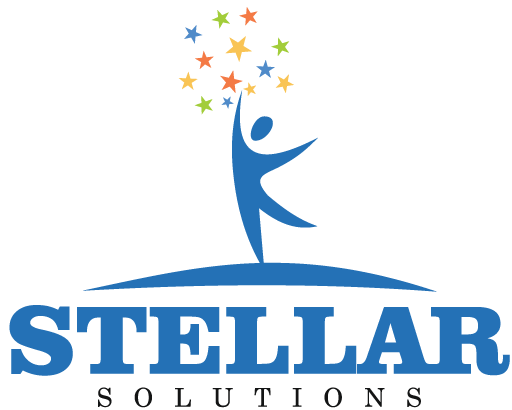Crafting Digital Brilliance: Elevate Your Interface with Stellar Solutions
Stellar Solutions is a cutting-edge UI/UX Design Agency that excels in crafting user-centric and visually appealing digital experiences. Their approach focuses on seamlessly blending aesthetics with functionality, ensuring a delightful user journey. The agency's commitment to innovation and staying abreast of industry trends positions them as a reliable partner for businesses seeking to enhance their online presence. We stands out for its dedication to creating designs that not only captivate but also drive tangible results, making them a go-to choice for businesses aiming to elevate their digital interfaces.
1
Understand the User
Start by conducting user research to understand the target audience, their needs, goals, and preferences. Use this information to create user personas that will guide your design decisions.
2
Define Clear Objectives
Clearly define the objectives of the user interface design project. What specific problems are you trying to solve? What are the key features and functionalities required?
3
Wireframing and Prototyping
Begin the design process by creating wireframes and low-fidelity prototypes. This allows you to quickly iterate and test different layout and functionality options before investing time in high-fidelity designs
4
Visual Hierarchy
Use visual hierarchy to guide users' attention and make it easy for them to understand the interface. Employ size, color, contrast, and spacing to create a clear and organized structure.
5
Consistency and Simplicity
Maintain consistency in terms of visual elements, typography, and interaction patterns throughout the interface. Keep the design simple and avoid clutter to enhance usability.
6
Responsive Design
Consider different devices and screen sizes during the design process. Ensure that your interface is responsive and adapts well to various platforms such as desktop, mobile, and tablets.
7
Color and Typography
Choose a color scheme that reflects the brand identity and evokes the desired emotions. Select typography that is legible and appropriate for the content. Use font sizes, weights, and styles to establish a visual hierarchy.
8
Navigation and Interaction
Design an intuitive navigation system that enables users to easily find information and complete tasks. Use appropriate interaction patterns, such as buttons, dropdown menus, and sliders, to enhance usability.
9
Feedback and Validation
Provide clear feedback to users when they interact with the interface. Use micro-interactions, animations, and error messages to inform users about the system's response and validate their actions.
10
Accessibility
Ensure that your interface is accessible to all users, including those with disabilities. Follow accessibility guidelines and standards to make your design usable for people with visual, auditory, or motor impairments.
11
Testing and Iteration
Conduct user testing sessions to gather feedback and identify areas for improvement. Iterate on your designs based on user feedback and refine the interface to enhance user experience.
12
Collaboration and Documentation
Collaborate effectively with developers, stakeholders, and other designers. Clearly document design decisions, guidelines, and specifications to ensure a smooth handoff and consistent implementation.
